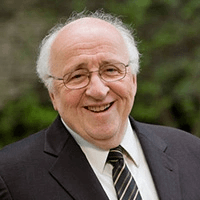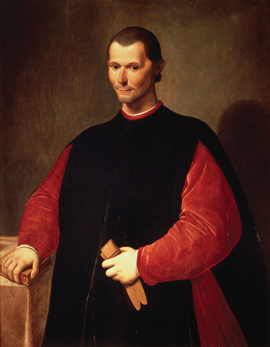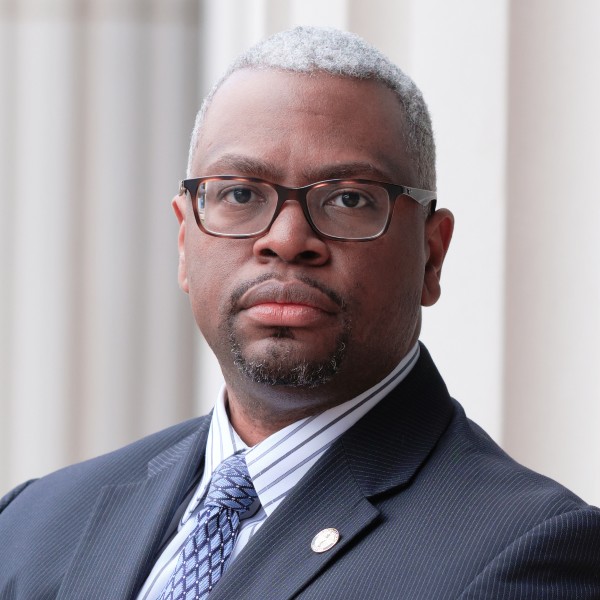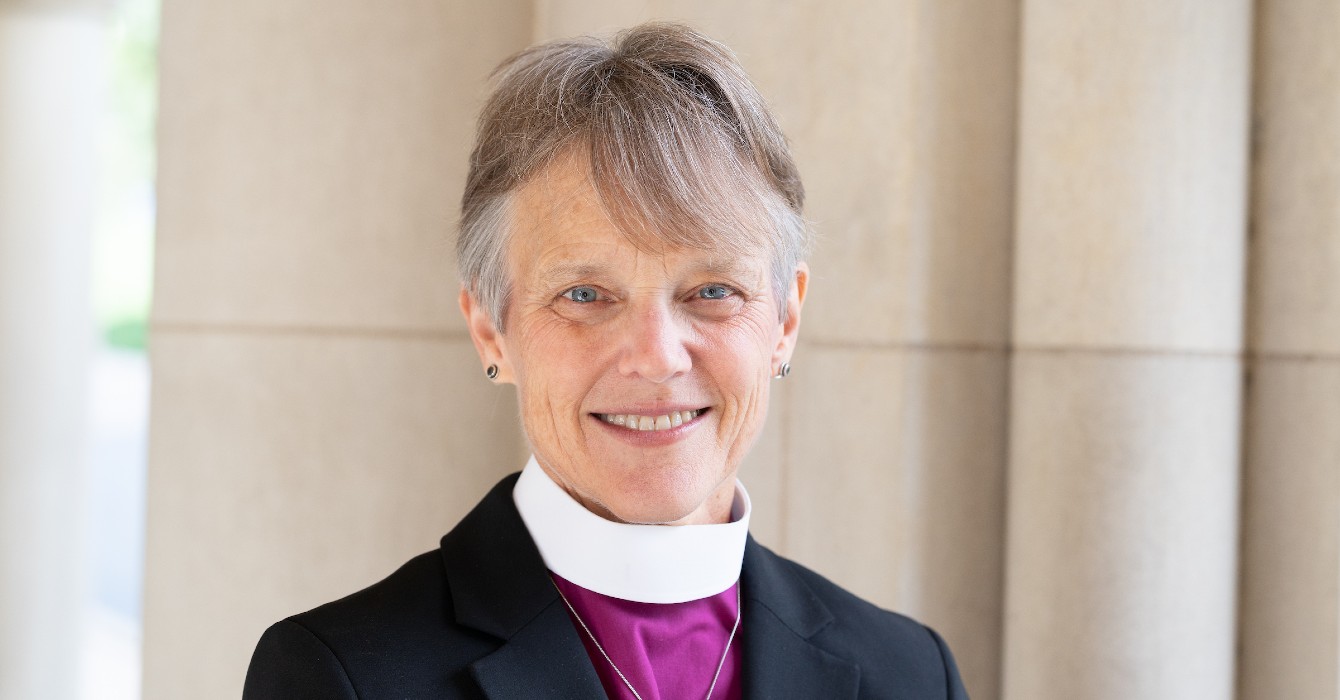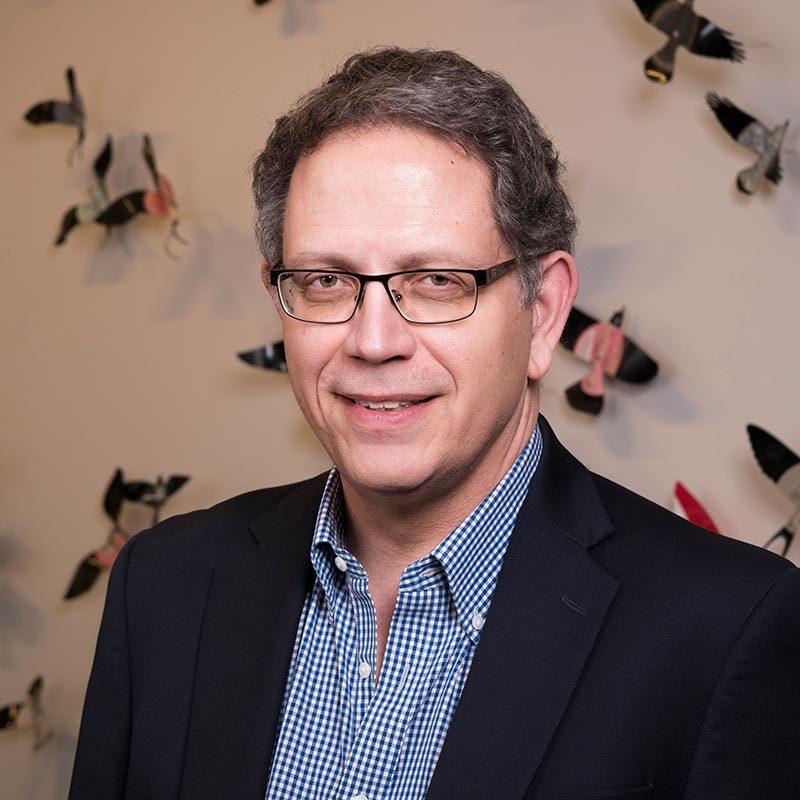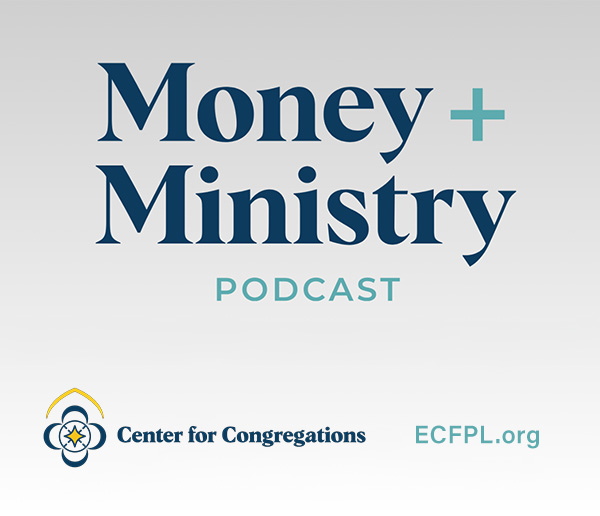Editor’s note: This is the second in an occasional series of reflections on leadership by Richard J. Mouw, professor of faith and public life at Fuller Theological Seminary, where he served as president from 1993 to 2013.
Many years ago, my wife, Phyllis, and I were the guests of the University of Notre Dame provost at a football game in South Bend, Indiana, between the Fighting Irish and West Point. At halftime, someone pointed me toward the private box where the leaders of the two schools were watching the game together. I had met the Rev. Edward (Monk) Malloy, then-president of Notre Dame, a couple of times, and he had sent word asking me to stop by to say hello.
As I entered the box, I was immediately aware of our sartorial differences. It was a pleasant autumn afternoon, and I was wearing chinos with a shirt and a V-neck sweater. Monk was in a black suit with a clerical collar. And West Point’s superintendent was in full-dress Army uniform.
Our respective attire represented the very different paths into academic leadership we had taken: mine, the “casual” faculty path; Father Malloy, the priesthood; and the West Point leader, the military. Looking back, I now realize that our clothes that day held an important lesson for leadership. They were a reminder to be careful when we speak, write or teach about “leadership” in generic terms.
Leadership is contextual, as varied as the clothing we wore. As the president of an evangelical seminary, I could have learned a lot about academic leadership from the priest and the general who were watching football on that Saturday afternoon. But much of what they knew about leadership would have been of no use to me in my own context. As Fuller’s president, I would not have survived long if I had acted in too “military” a fashion; and I surely could not have claimed that my mandate to lead had anything to do with credentials granted by an ecclesiastical hierarchy.
These issues are about more than clothing. They go deep for me. I am an adherent to the “neo-Calvinist” perspective associated with the great 19th-century theologian Abraham Kuyper, who thought a lot about diverse areas of cultural interaction. Kuyper served in many roles. He had been a pastor, a newspaper editor, a university founder and teacher, and, for decades, a member of the Dutch parliament -- heading up a political party and serving for several years as prime minister.
Understandably, Kuyper had a practical interest in different patterns of leadership, and he eventually developed a theory about the diversity he had witnessed and experienced. In his doctrine of “sphere sovereignty,” he pointed out the differences, for example, in the natures of a family, a school and a grocery store, and the various types of leadership required by each.
While I was teaching at Calvin College, the administrative leadership talked a lot -- at least for a while -- about Calvin as “a family.” But this description quickly fell out of favor after a minor controversy when a faculty member was turned down for tenure.
The decision was a wise one. Students consistently rated the would-be tenure candidate as a very poor teacher. He had not published anything of scholarly significance, and he rarely attended meetings of the committees on which he was supposed to serve.
Yet when the tenure decision went against him, he made clear that he had been listening carefully to Calvin’s leaders.
“How can you do this to me?” he asked. “This is no way to treat a longtime member of your family!”
Teaching institutions, as he discovered, are not families. A family is bound together by kinship. Only under the most extreme conditions do we “disown” a family member. But membership in a college faculty is based on performance.
Likewise, the ties that hold together a congregation are not quite as binding as those that make a family; nor are those that make up a soccer team or the sales staff of a clothing store. These diverse settings are characterized by different purposes, goals and patterns of authority -- which also means different patterns of leadership.
As a young man trying to sort out my future, I wrestled with Kuyper’s insights about sphere sovereignty and the contextual nature of leadership to decide whether I was called to be a leader -- and if so, where and how I was called to lead.
My father was a pastor, and I was raised in a parsonage. From my earliest days, people would tell me that they hoped I would “grow up to be a minister like your dad.” Until my third year of undergraduate studies, I assumed that would be my path.
But then I found myself more and more committed to intellectual pursuits. I wanted to be like the professors I most admired. I came to see that I lacked the requisite gifts and inclinations for pastoral ministry. Processing that with family members was not easy. But I knew I was making the right career decision.
Years later, I faced a very different challenge when I had to decide whether to become an academic administrator. I was already deeply committed to the “sphere” of the academic setting. But as I considered the possibility of that new role, I had to decide how I could best promote the goals of the academy, including solid scholarship and excellent teaching.
Should I seek to advance those goals by simply striving to be a good scholar and teacher? Or was it time to help create and foster the conditions in which those activities could thrive throughout our institution?
I chose the latter. As I’ve written before, it wasn’t that I wanted to be “a leader” as such. I had already been a leader in my faculty role. Instead, Fuller was asking me to expand my functions and role as a leader in the academy. The school was asking me to use whatever talents, experiences and sensitivities I might have to foster an institutional climate where academic excellence could flourish.
Fuller was not asking me to commit to just any kind of flourishing, but to the flourishing of a particular institution in a particular context, the flourishing of an evangelical seminary. The school was asking me to put on the attire -- their attire -- of academic leadership. And on a beautiful fall afternoon in South Bend, that was chinos with a shirt and a V-neck sweater.

